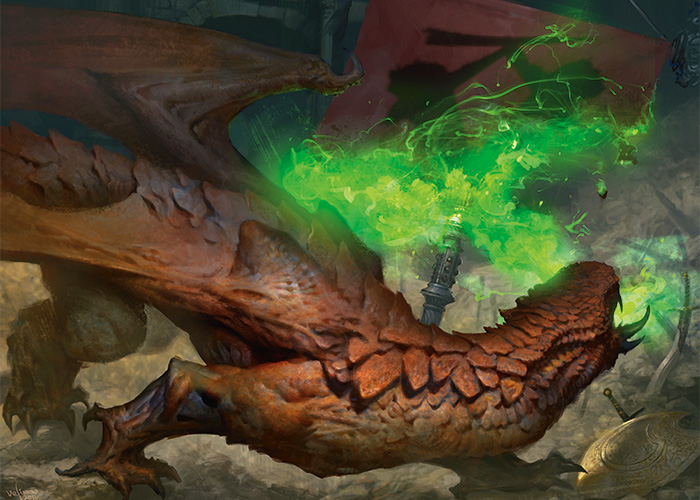
Magic: The Gathering tempo decks rely on striking a delicate balance between aggression and disruption. Their game plan is to apply consistent pressure with cheap threats while using efficient spells to slow the opponent down just enough to maintain an advantage.
Sideboarding plays a critical role in fine-tuning this approach for specific matchups. In the current Standard format, tempo strategies can be found in color combinations like Izzet (blue-red) or Azorius (blue-white), often utilizing low-cost creatures and instant-speed interaction to dictate the pace of the game. Cards such as Spell Pierce and Shore Up support this approach by protecting threats and disrupting the opponent’s attempts to stabilize.
When sideboarding, tempo players need to shift their spell suite to better handle the opponent’s strategy. For example, against fast aggro decks, they might cut narrow counterspells for efficient removal or life gain cards. Spells like Into the Flood Maw may be less useful when facing swarms of small creatures, so they may be replaced with mass removal or sturdier blockers. In blue-red tempo shells, cards like Pyroclasm can help regain control of the board against aggressive starts.
Control decks present a different challenge, often running sweepers and card advantage engines that punish tempo strategies if they overextend. In this case, a tempo player may side in additional ‘hard’ counterspells like Negate or threats that are harder to remove. Cards that offer some form of card advantage or recursion become valuable, helping the tempo player recover if their early threats are neutralized. Protecting threats from sweepers and building a second wave of attack is critical in post-board games against control. Optimize each turn with as much damage as possible.
Against midrange strategies, which typically bring a mix of removal, efficient threats, and planeswalkers, tempo players must adopt a slightly longer gameplan. Sideboarding may involve replacing overly aggressive or fragile creatures with more resilient threats or interactions that counter planeswalkers and larger creatures. Disdainful Stroke and similar spells become important to stop high-impact cards from resolving, especially if the opponent leans on expensive threats to win the game.
Ultimately, sideboarding with a tempo deck is about staying one step ahead—recognizing what tools the opponent will bring in and adjusting accordingly. Tempo decks can’t afford clunky or situational cards, so each slot must serve a clear purpose. The goal remains the same: to maintain pressure while denying the opponent a chance to stabilize. With careful sideboarding and an understanding of matchups, tempo decks can thrive in Standard by staying fast, flexible, and focused.
Thanks for reading, and until the next blog post.
